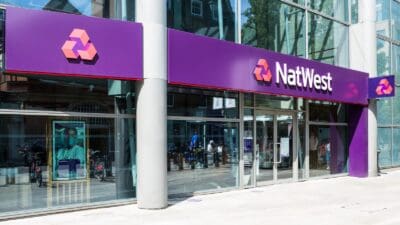Having gained just 8% since the start of January to 532p, it’s shares are actually behind the FTSE’s 12% gain over the same period — though slightly ahead of the index since this time last November.
But I’m going to stick my neck out and mark Banco Santander (LSE: BNC) (NYSE: SAN.US) as a sure-fire winner for 2013.
The dividend is how big?
What swings it for me is the expected full-year dividend from the Spanish-headquartered banking group. At €0.60 per share, it represents a potential yield of more than 9% with the shares currently trading at 531p apiece.
Now, that is not going to be covered by earnings. And excessive dividends just cannot be maintained indefinitely, as we saw with insurers Aviva and RSA when they slashed their last year-end payouts. So why am I not afraid of the same happening to Santander?
Well, at Q3 time last month, the bank confirmed that its dividend would be maintained at current levels for the fifth year in a row, so we should be safe for this year at least. But what of future payments?
We’re past the bottom
After five years of falling earnings have drastically slashed the firm’s dividend cover — last year earnings didn’t even cover half of the cash paid out to shareholders — we’re going to need some kind of recovery, and pretty quickly.
But thankfully, it looks like that’s exactly what we’re going to get, after chairman Emilio Botin told us that “After several years of high levels of write-offs and reinforcement of capital, Banco Santander is preparing for a new period of increased profitability”.
City analysts seem to agree, too. Although this year’s earnings per share (EPS) figure is going to fall sort of that hefty dividend, the current consensus does at least put it 85% up on last year’s low point. And there’s a further rise of more than 20% forecast for the year to December 2014, which would just edge above the cash needed to pay another dividend at the €0.60 level.
Earnings are, of course, only a very small part of a bank’s overall health indicators, but Santander’s Q3 report had good stuff to add to the rest of the picture too.
Looking healthy
The group’s net loan-to-deposit ratio was as high as 150% back in December 2008, before we discovered just how overstretched many banks were in terms of liquidity. But by the end of 2012 that was down to 113%, and it fell further, to 108%, by this year’s third quarter — a level that the bank describes as “very comfortable”.
Santander’s core capital ratio is on the up too, climbing from 10.02% at December 2011 to 11.56% by 30 September this year.
With the economic outlook strengthening in most of the countries in which Santander operates, and with bad-debt provisions falling steadily, I can see Santander having a few winning years ahead of it — starting with 2013!







